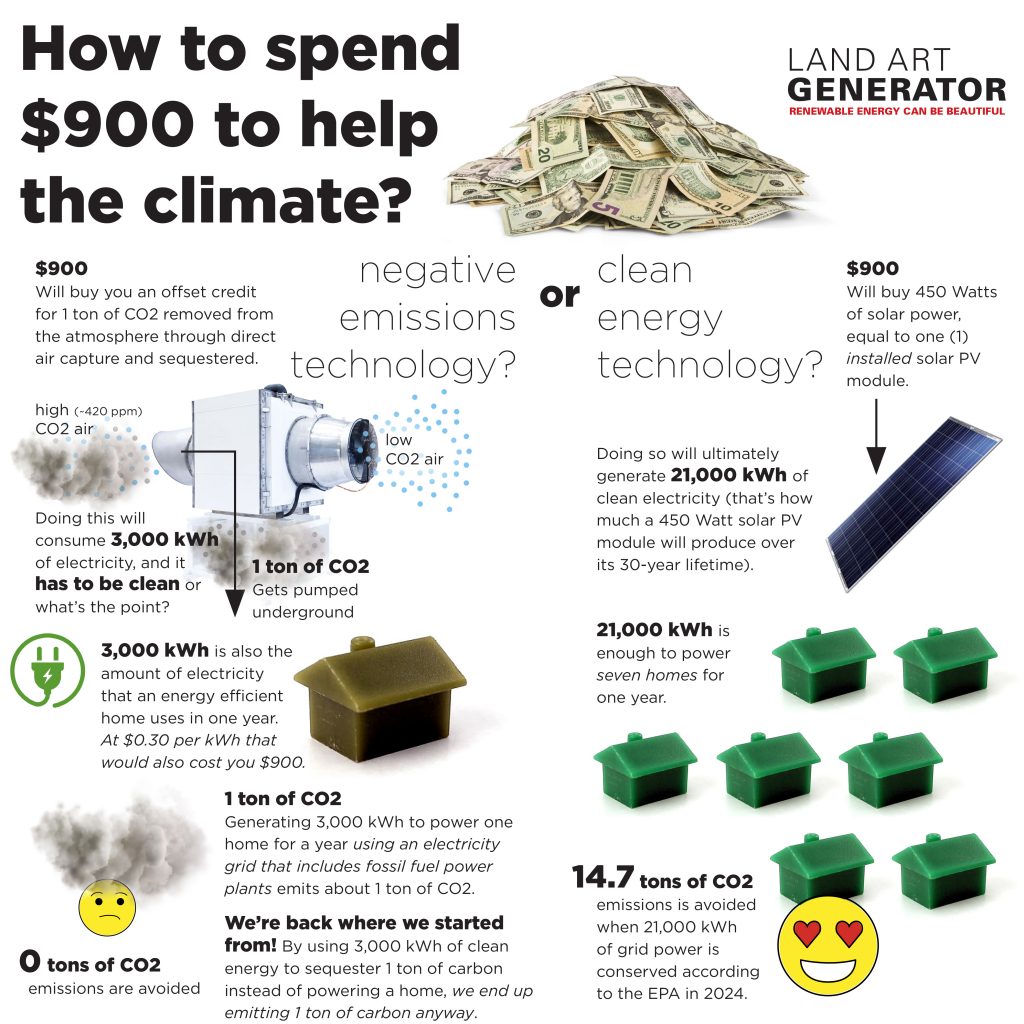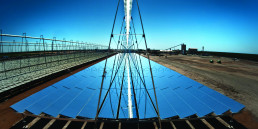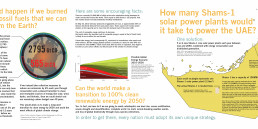
Lately there has been a lot of attention given to emerging technologies that can pull carbon dioxide gas out of the atmosphere—most often called direct air capture (DAC). It is a marvel that scientists and engineers have figured out ways to do this because CO2 is like a needle in our atmospheric haystack at about 420 molecules for every million molecules of air (up from 280 in the pre-industrial era, which is the root of our problem).
Partly because CO2 comprises only .042% of our atmosphere it takes a lot of energy to extract and sequester it. Currently, the state of the art practice is being demonstrated by Climeworks in Iceland, where carbon-free geothermal energy is abundant and relatively inexpensive.
It’s not easy to get a verified estimate of the amount of clean electricity that’s required to capture one ton of carbon, but according to Recharge the number is around 3,000 kilowatt-hours (kWh) per ton of CO2 sequestered. They cite the Australian company Keynumbers who estimates that to sequester the 32 billion tons of CO2 the world emitted in 2020 with direct air capture technology it would require 124,444 TWh. Dividing 124,444 TWh by 32 billion tons and converting the units gets you to 3,888 kWh. We’ll round down to 3,000 kWh to give DAC some benefit of the doubt.
What is interesting about this number—3,000 kWh—is that happens to be roughly the amount of electricity consumed by an average home in the UK over the course of an entire year. Generating 3,000 kWh of electricity with fossil fuel power plants also generates at least 1 ton of carbon dioxide. So these numbers make sense in a sad sort of way. By spending $900 dollars on DAC instead of solar, we lose out twice—once on a potential $900 investment in energy transition progress, but also again when we must replace the 3,000 kWhs of electricity that was used instead to power the DAC. The DAC electricity was clean geothermal power. By investing in that geothermal plant to run the DAC, we diverted that investment away from building a similar geothermal plant to decarbonize a presently polluting grid.
If you paid $0.30 per kilowatt-hour it would cost you $900 dollars to purchase 3,000 kWh of electricity to run your house for a year. $900 also happens to be the going price to purchase a carbon offset for direct air capture, which is considered the highest and most verifiable carbon offset available on the market today. Businesses like Microsoft and Stripe who are keen to demonstrate their commitment to decarbonization are purchasing DAC offsets as part of an advance market commitment and as an earnest attempt to externally offset the carbon footprint of their supply chains in advance of them being able to do so internally along with the rest of society.
The math in the graphic is true based on the economy we live in today where 80% of global primary energy is derived from the burning of fossil fuels. Any amount of money that is spent with a climate focus today is best spent on deploying the hardware of the energy transition. In the future, when our energy supply is far more decarbonized (for example when we only get 20% of our primary energy from fossil fuels), it will make more sense to invest in negative emissions technologies—both the highly technical variety like DAC and the more low-tech, nature-based variety (REDD+), which has its own challenges and failures as of late (although there are some success stories too).
While it is absolutely a better investment to install a solar panel versus pay for a direct air capture credit for a ton of carbon, it is probably good that some large companies are investing in a small handful of DAC pilot projects today that can help the technology improve. Because when we have completed the enormous task of decarbonizing the entire global economy, we’ll still have some sectors like fertilizer, concrete, steel, and air travel that will be the last to transition.
At that point we will need negative emissions technologies. Once our electricity grid is net-zero, using an extra 3,000 kWhs of clean electricity for one ton of DAC will no longer be the equivalent of taking it away from a grid that still relies on fossil fuel power. In fact the IPCC assumes we will need negative emissions to contribute significantly by mid-century.
At some point we may even want to turn the climate clock back to 280 parts per million.


